Biomimicry – a practice which learns from species alive today and nature itself. Its goal is to learn new ways of living, creating products and policies while solving the greatest design challenge – sustainability. All hand in hand with life on earth.
Biomimicry is working closely with textiles. In the past I have researched for this topic, for my Graded Unit project back in college.
Back then I was concentrating more to the aesthetic replication of living cultures. Now, I am taking a different direction. Functionality over the the looks. I am raising questions WHAT does it DO and WHY? HOW does it work? WHERE can I apply those functions?
I began to wonder, that if I am designing a product to aid human skin condition, I should have a look into surfaces in nature. Types of fruit skin, animal skin, landscapes, that are covering the earth. How do the different surfaces define the function and improve existence?
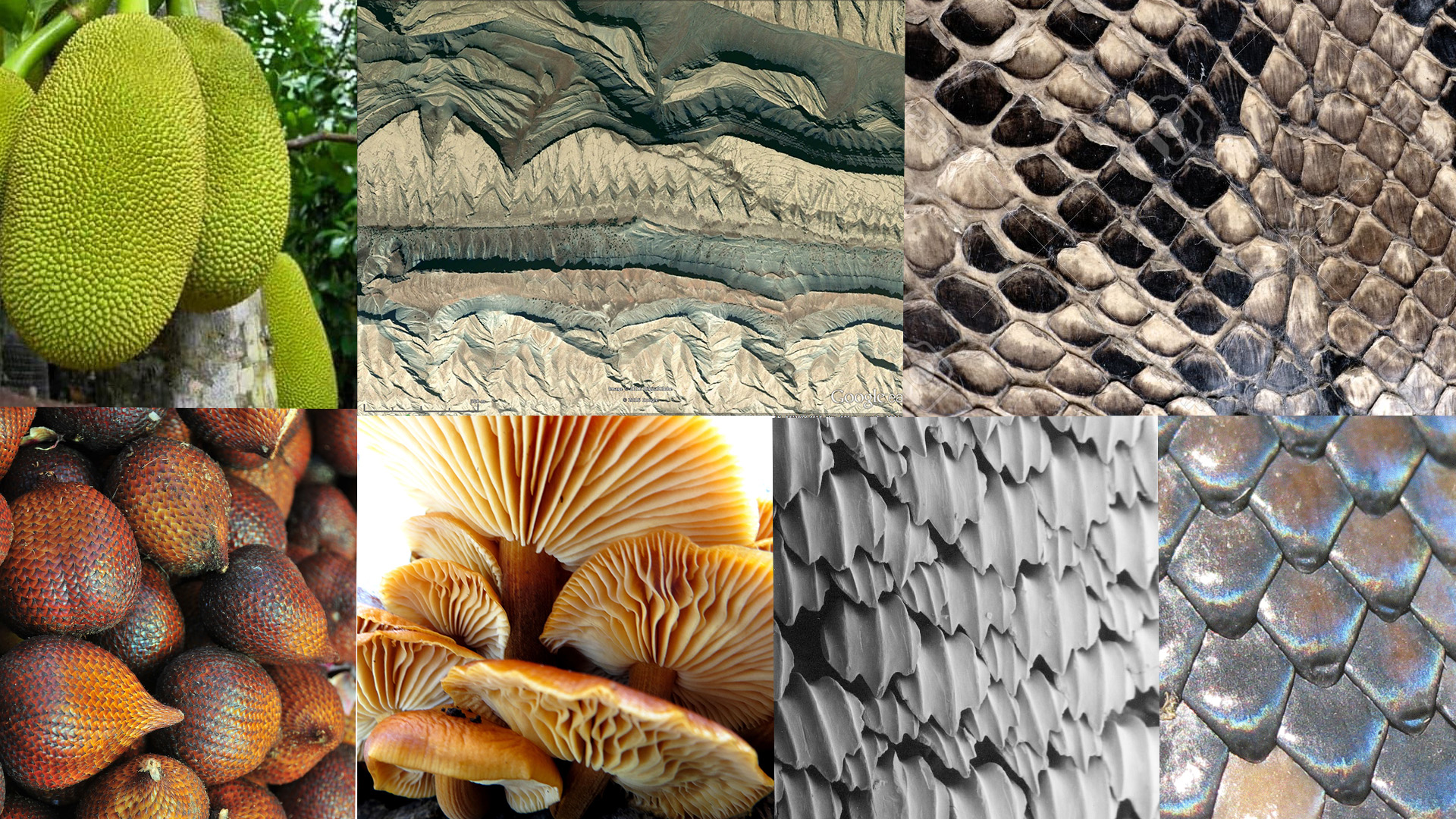 I have taken the theme “structured pattern” to discover the importance of surface and functionality. Different surfaces on fruits helps for resistance, water storage. Different landscape surfaces help directing humidity, protects the living stock form weather conditions. The patterns constructing the skin of fish and reptiles has a major impact on they behaviour and survival. The pattern on their skin plays a big role in different functions – resistance, movement, respiratory abilities, keeps animals from bacteria. The greatest discovery was the structure of the skin of a shark – the texture of the scales that constructs it, is a natural bacteria repellent. And that is a purely mechanical feature. Knowing all that: I will try to mimic the properties of animal skin in order to improve human’s skin health.
I have taken the theme “structured pattern” to discover the importance of surface and functionality. Different surfaces on fruits helps for resistance, water storage. Different landscape surfaces help directing humidity, protects the living stock form weather conditions. The patterns constructing the skin of fish and reptiles has a major impact on they behaviour and survival. The pattern on their skin plays a big role in different functions – resistance, movement, respiratory abilities, keeps animals from bacteria. The greatest discovery was the structure of the skin of a shark – the texture of the scales that constructs it, is a natural bacteria repellent. And that is a purely mechanical feature. Knowing all that: I will try to mimic the properties of animal skin in order to improve human’s skin health.
Now, essential to know the properties of medicinal textile materials. For that I read a summary of Yimin Qin’s book Medical Textile Materials. You can find it here:https://www.sciencedirect.com/book/9780081006184/medical-textile-materials
Medical material must have forced-elongation behaviour, which is based on fibre type, fabric structure and yarn composition. Successful medical bandage must have a correct stretch capacity, knot safety, that protect the wound and the tissue. Additionally, medical bandage must resemble biological structures within the human body, being soft and flexible.
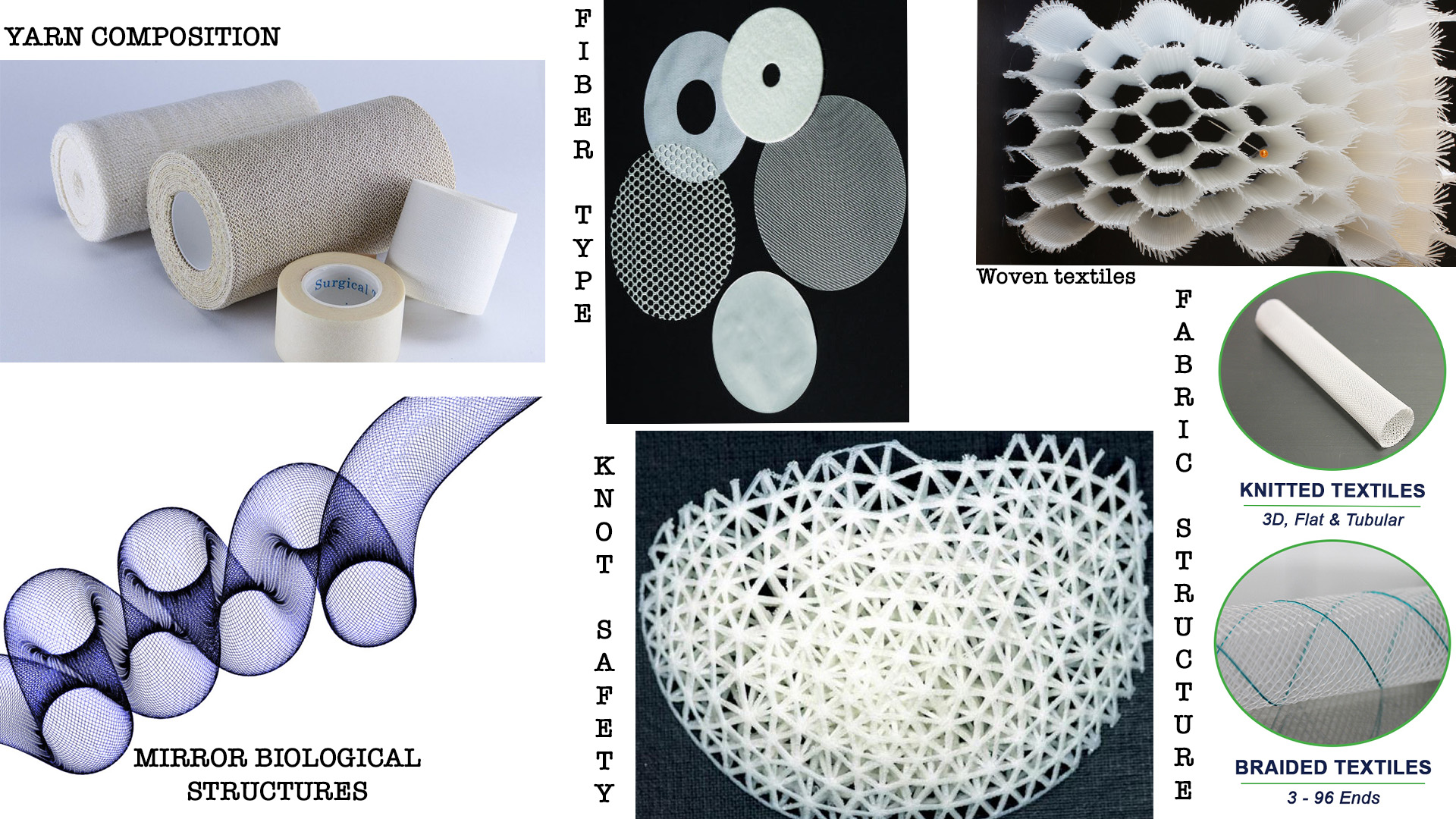
For this project my client is a medical research company called Smith and Nephew. With the help of technology, the company designs products to improve healing, ease the lives of wounded and boost the quality of life in general. They work with advanced wound management. The task is to design aesthetically pleasing, yet functional bandage that could aid in covering a scar/burn or skin condition.
The company is working with Closer to Zero policy: zero pressure ulcer incidence, zero delay in wound healing, zero surgical site complications, zero venous ulcer recurrence, zero diabetic amputations, zero waste of healthcare resources. https://www.smith-nephew.com/uk/products/wound_management/closer-to-zero/
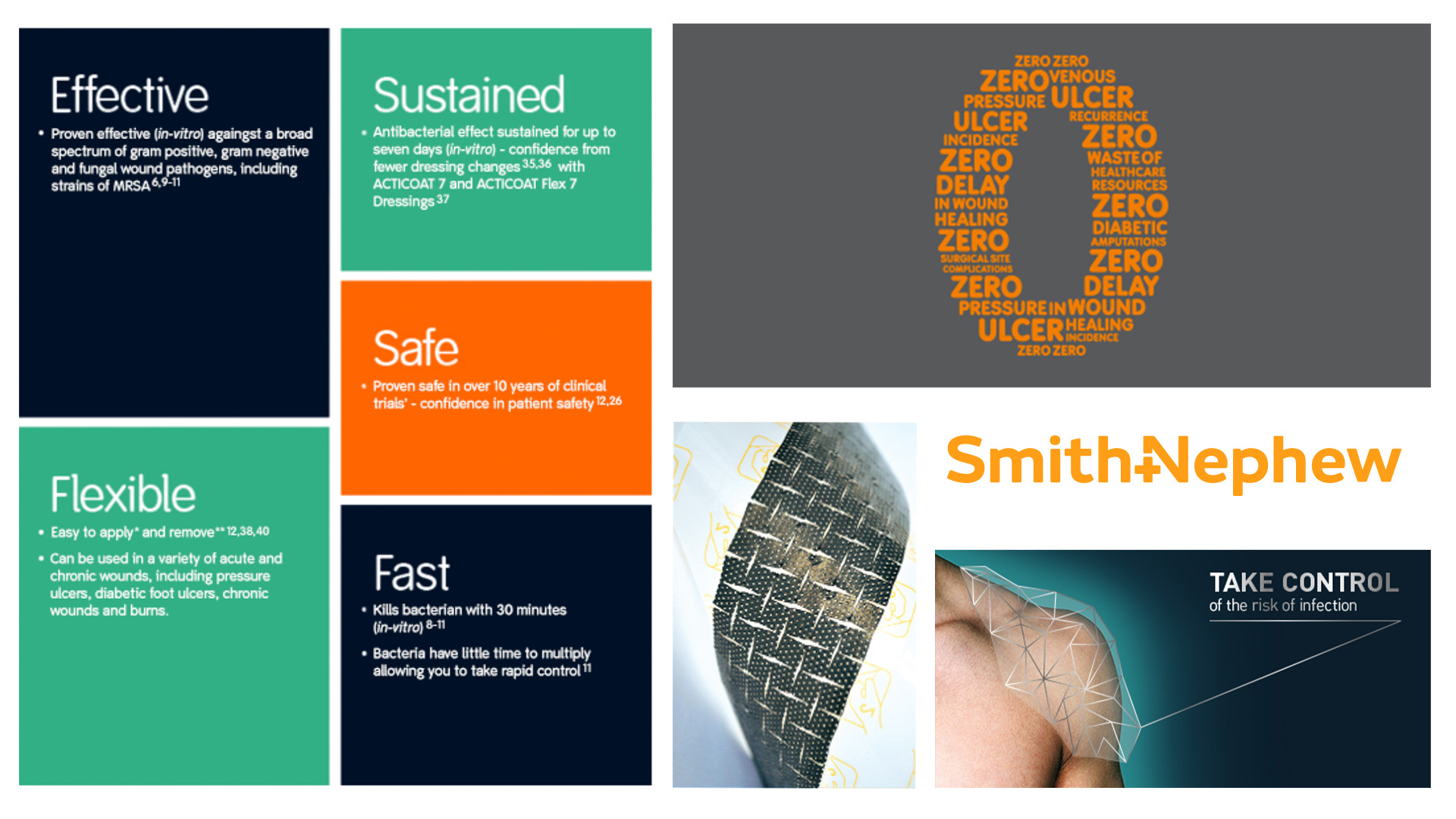 I will be working together with a design studio Loop.pH. It is a spatial laboratory experimenting across design, architecture and science. Loop.pH helps people to imagine the future, the synthesise living materials with digital tools. Considering the nature of this project, Loop.pH is a perfect example and great inspiration of how to implement the biomimicry. In fact, I have attended Space Crafting workshop that Loop.pH held in my city in Lithuania.
I will be working together with a design studio Loop.pH. It is a spatial laboratory experimenting across design, architecture and science. Loop.pH helps people to imagine the future, the synthesise living materials with digital tools. Considering the nature of this project, Loop.pH is a perfect example and great inspiration of how to implement the biomimicry. In fact, I have attended Space Crafting workshop that Loop.pH held in my city in Lithuania.
https://loop.ph
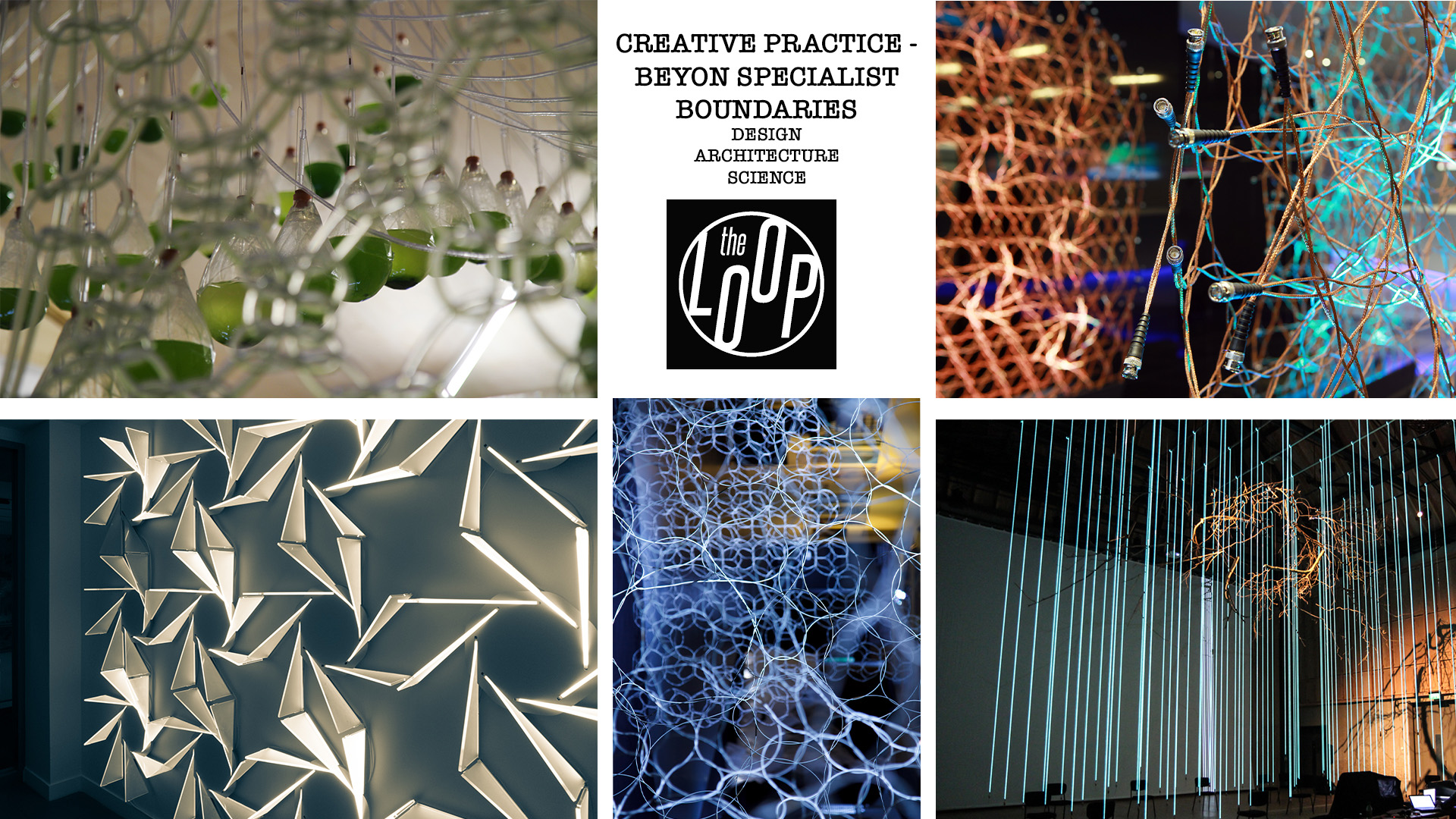
I have taken the main properties of snake and shark skin and supported the information with visuals of design, architecture, fashion.
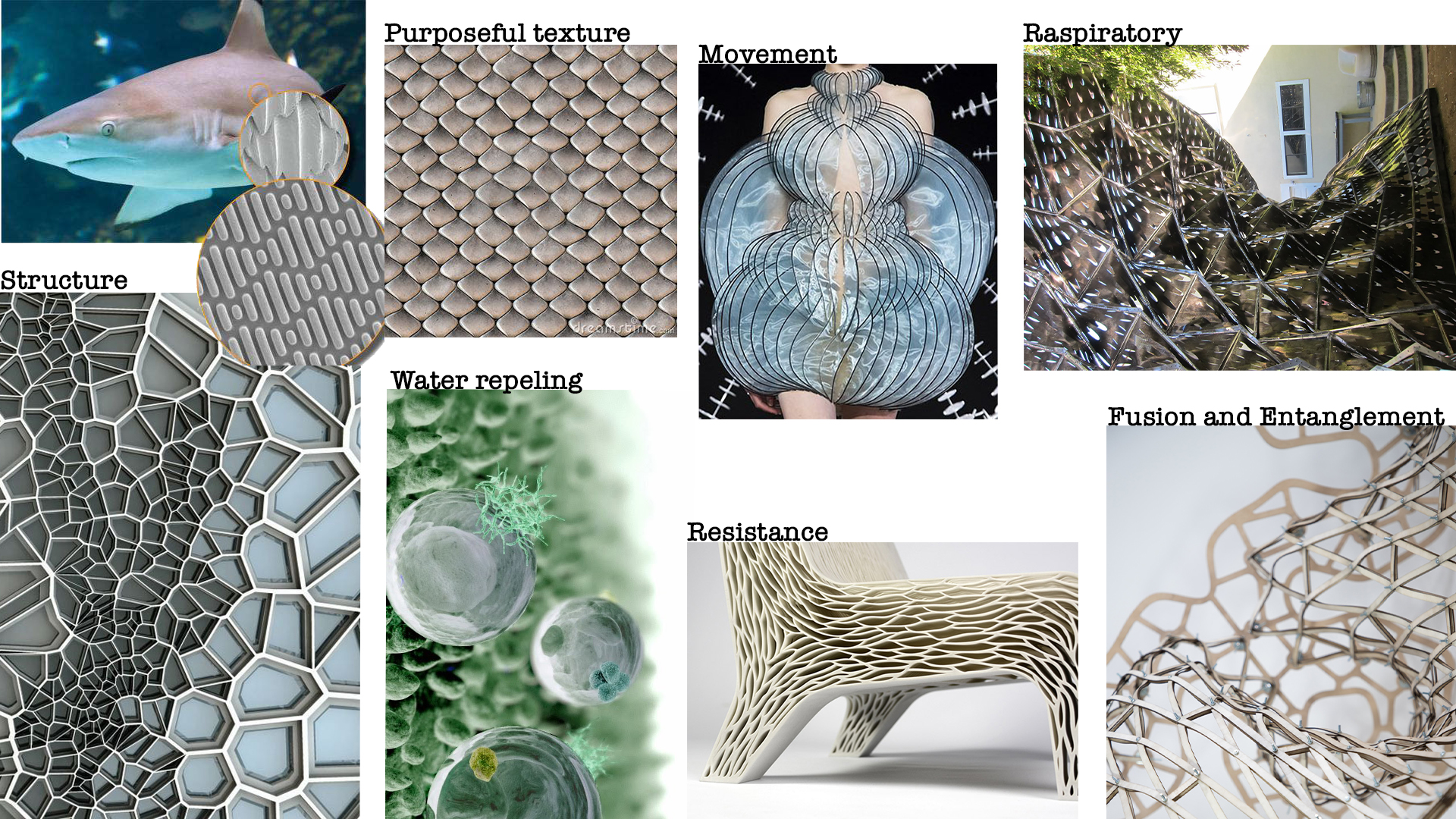
Research board I.
The design of the medical bandage shall represent what I learned from my research about the natural world. The TEXTURE of the surface must be thoughtful and meaningful. Through texture I can achieve antibacterial properties. The properties of the STRUCTURE, dictates that the bandage will be elastic, comfortable to wear, provide smooth MOBILITY. Plus, the way I will implement the structural requirements, will affect the durability of the product – RESISTANCE. That also is affected by the materials I will be using, and the ways I will combine them – FUSION. The bandage must be WATER PROOF and BREATHABLE , in order to serve its purposes and help the wound to heal efficiently and fast.

Research board II.
My research into fabrics gave me few suggestions. First – microbial cellulose which is bio-degradable, hemostatic and bacteria repellent.
https://en.wikipedia.org/wiki/Hemostasis
Bioplastic – bio-degradable, could be antibacterial, can be made into breathable structures, easy to produce and use.
MYX, grown from mushroom spores and plant fibres. Light weight, flexible and soft. Usually used for insulation, but could serve to add texture to textiles.
Silicone and rubber – to give texture, which will be one of the main features in my design. As well as it is easy to clean and take care of.
Using these or similar materials I could successfully implement my research.
Let’s get started.
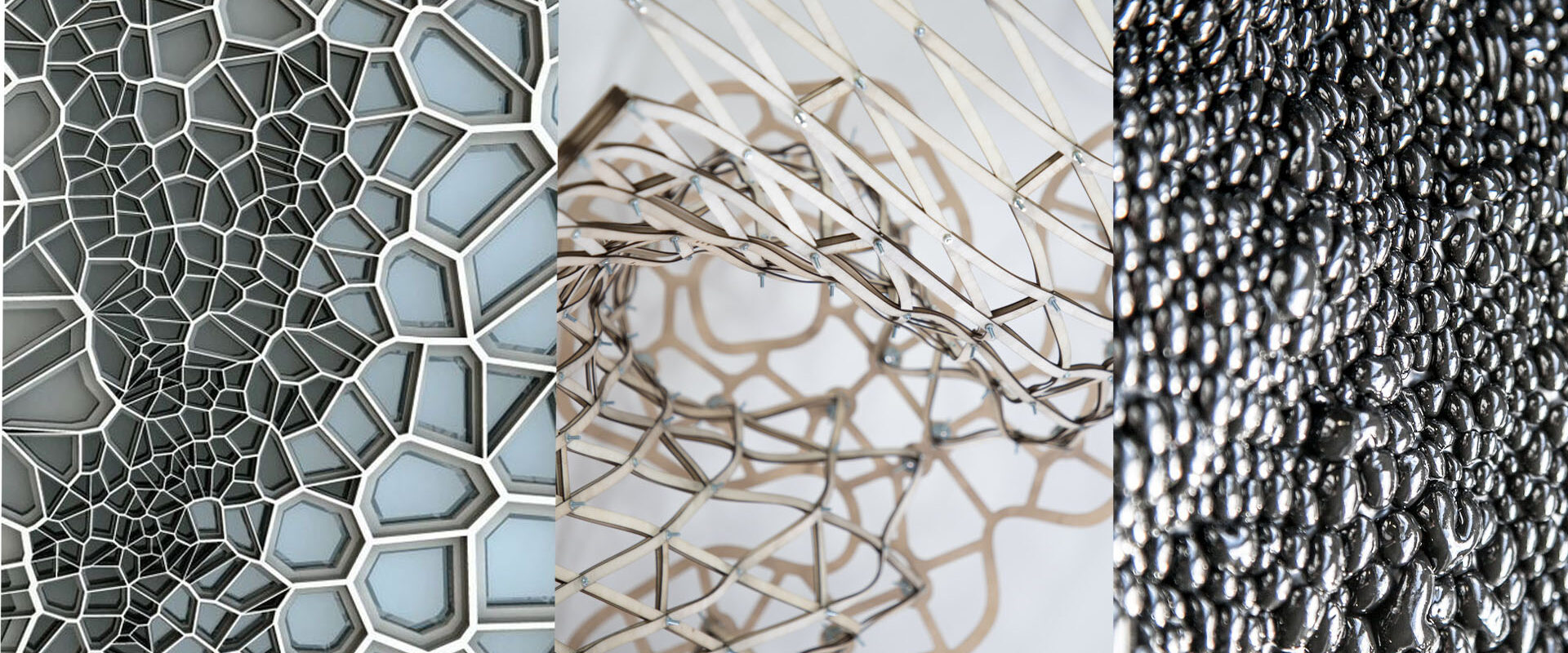



Ruta, this is just such an excellent start. It is so thorough and in depth. You have really investigated all the areas of the brief well as well as your own take on it. You have looked into not just the structured patterns but the qualities of the surface and healing remedies within areas you are looking at. Your visuals and boards are put together in such a professional way. They are so concise and well considered and are put together beautifully. You have worked hard to bring this all together and it feels like you have enjoyed this project so far as it shows in your outlay of work, keep it going its a very exciting start.